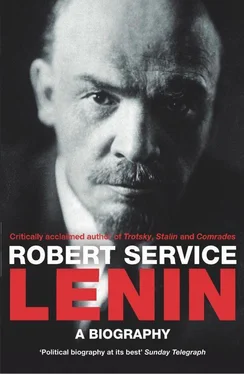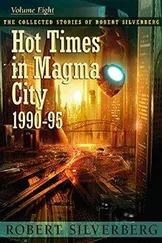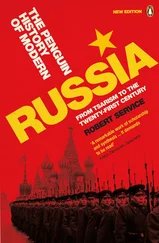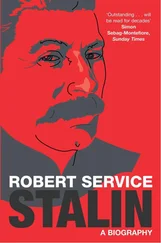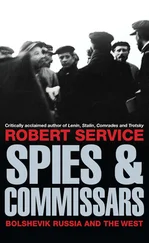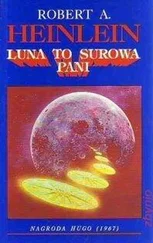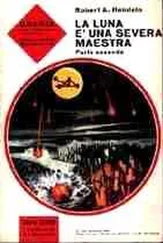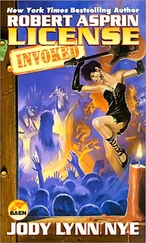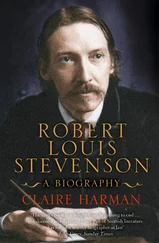PART ONE
THE REBEL EMERGES
‘I’d like to arise from my grave in about a hundred years and have a look at how people will be living then.’
Lenin’s grandfather, Dr Alexander Blank
1. THE ULYANOVS AND THE BLANKS
On 10 April 1870 the river Volga – the dominant natural feature of the provincial town of Simbirsk in Russia’s south east and the largest river in Europe – was showing the first signs of spring. The temperature had risen to 5° centigrade. The huge field of ice across the channel between the banks of the river was heaving and beginning to crack. Spring was arriving, and the long-awaited change of season caused excitement in every house in Simbirsk except for one on Streletskaya Street, where a baby boy was being born. His parents Ilya and Maria Ulyanov already had two children and the whole family attended his baptism some days later in the St Nicholas Cathedral, where the priest sprinkled water over his head and christened him Vladimir Ilich Ulyanov. The godparents were Arseni Belokrysenko, an accountant in the Imperial civil administration and Ilya’s chess partner, and Natalya Aunovskaya, who was the widowed mother of one of Ilya’s colleagues. 1After the christening Ilya Ulyanov departed for St Petersburg to attend a pedagogical conference and left Maria Alexandrovna to recover from her labour with the assistance of the family’s new nanny Varvara Sarbatova. Life in the house on Streletskaya Street returned to normality. 2
Vladimir Ilich Ulyanov entered the history books as Lenin, the main pseudonym he used in the Russian revolutionary movement. It was also as Lenin that he bequeathed his name for a set of doctrines, Marxism–Leninism. Yet when his native city had its name changed in his honour in 1924 it was not called Leninsk but Ulyanovsk. And Ulyanovsk it remains to this day.
In the nineteenth century there was a widely held idea that places like Simbirsk were somnolent places and that bustle and enterprise was confined to St Petersburg. Foreign travellers had this impression. Many Russian observers – including tsars, ministers and intellectuals – thought this too. The static nature of Russia’s provincial way of life was part of the conventional wisdom. The assumption was made that the further a city was from the capital, the sleepier the urban scene was likely to be. In fact the cities in the Russian provinces were anything but quiet. Simbirsk, a Volga port a thousand miles from the capital, bustled with the struggle of its inhabitants to make enough money to survive. At its highest point, the town stood 450 feet above the water level. But most of the town was long and low-lying and stretched eleven miles along the waterfront. The quays were the main places where goods entered or left the city. Fishing was an important source of urban employment; sturgeon was the prime catch. Simbirsk lay along the route from central Russia to the Caspian Sea. Barge-haulers, who were the burlaki immortalised in the ‘Song of the Volga Boatmen’, pulled the heavy, flat vessels up and down the river. There was hardly any large-scale manufacturing. A few clothing factories and the old Simbirsk Distillery were the extent of the province’s industrial development. Although trade with the Ottoman Empire and Persia was on the increase, Simbirsk was not an economic centre at the level of St Petersburg and Moscow. There was no metal-working factory, and no significant foreign industrial presence existed. The buildings were mainly of wood and there was little sign of the architectural panache of the Imperial capitals.
Peasant agriculture was the other mainstay of economic activity. The peasantry sold their produce to middlemen with their businesses in Simbirsk and the other towns. The main crop was rye. Potatoes, wheat, oats and barley were also grown. In 1861 there had been a great jolt to the traditional way of treating the province’s peasants, when the Emperor Alexander II had issued an Emancipation Edict freeing them from the personal control exercised by noble landowners. But the land settlement was particularly disadvantageous to the peasantry of Simbirsk. The soil in the Volga region was as fertile as any in Russia, and the noble landlords contrived to keep all but a small proportion of it in their hands. And so the peasants could seldom live by agriculture alone. Many of them eked out their existence by means of various handicrafts. Simbirsk province was covered by forests, and woodworking was a common craft and trade. Carts, wheels, sleighs, shovels and even household utensils were wooden goods produced locally. The markets were colourful and the biggest of them was the Sbornaya Market in Simbirsk, where it was possible to buy anything made in the province.
By far the largest proportion of Simbirsk province’s inhabitants – 88 per cent – were members of the Russian Orthodox Church (and the proportion rose to 97 per cent for the town of Simbirsk itself). Two per cent were classified as ‘sectarians’ of various Russian sorts. This was the official designation for those Russian Christians who declined to accept the authority of the Orthodox Church; they included the so-called Old Believers, who had rejected the reforms in liturgy and ritual imposed by Tsar Alexei in the middle of the seventeenth century. In the province, too, there were Christians whose faith derived from foreign sources. Among these were Lutherans and Catholics. There were also about four hundred Jewish inhabitants. But the second largest group after the Orthodox Christians were the Moslems, who constituted 9 per cent of the population. They lived mainly in the villages of Simbirsk province and were diverse in their ethnic composition; most of them were Mordvinians, Chuvashes or Tatars. They had been there for centuries and were generally despised by the Russians as being their colonial inferiors. The great St Nicholas Cathedral at the heart of Simbirsk was an architectural reminder that the tsars of old Muscovy would brook no threat to Russian dominion in the Volga region.
Yet the central authorities in St Petersburg had experienced grave problems in maintaining their grip on the entire Volga region, and the problems were not caused exclusively by non-Russians. The Orthodox Christian peasants of Simbirsk province had played a part in the great revolts led against the holders of the throne by Stenka Razin in 1670–1 and Yemelyan Pugachëv in 1773–5. Care was consequently taken to equip an army garrison in Simbirsk, and the civil bureaucracy administered the province in the authoritarian style that was characteristic of tsarism. The governor of the province was personally appointed by the emperor and was empowered to do practically anything he saw fit to impose order.
After the Emancipation Edict, Emperor Alexander II introduced a reform of local administration whereby provincial councils – zemstva – were elected to take charge of schools, roads, hospitals and sanitary facilities. This was a limited measure, but it marked an important break with the past. However, Simbirsk province was known for the traditionalism of its social elite; it was one of the so-called ‘nests of the nobility’. Yet even in Simbirsk there was enthusiasm among the landed nobles to take up the new opportunities for self-government. The zemstvo was a hive of busy initiatives. The town had had its own newspaper in the form of Simbirsk Provincial News since 1838, and in 1876 the provincial zemstvo started up its own publication. The schooling network, too, was given attention. Funds for this were allocated from St Petersburg. By the end of the nineteenth century there were 944 schools of various sorts across the province. The pinnacle of this educational establishment was the Simbirsk Classical Gimnazia (or Grammar School), which took pupils up to the age of seventeen. Although Simbirsk lacked a university, the Imperial Kazan University was only 120 miles to the north.
Читать дальше
